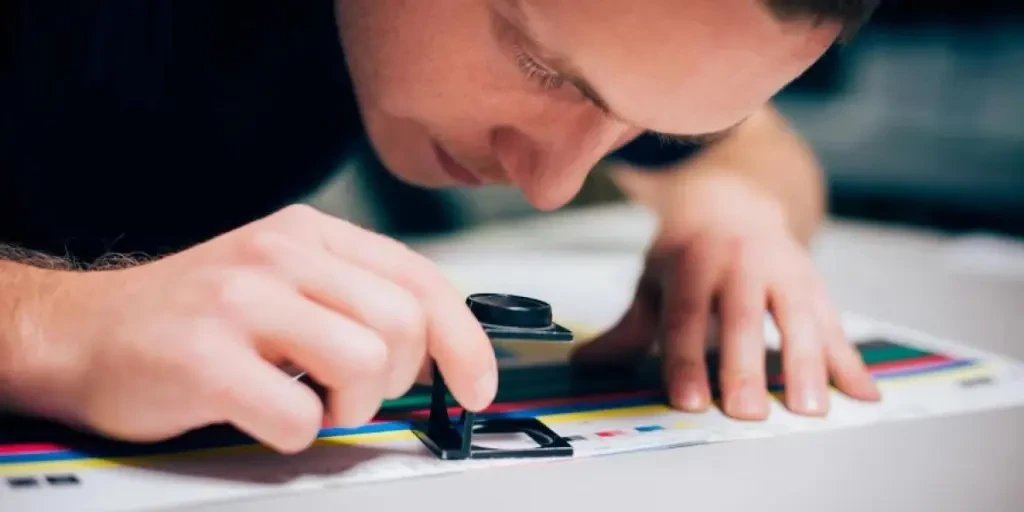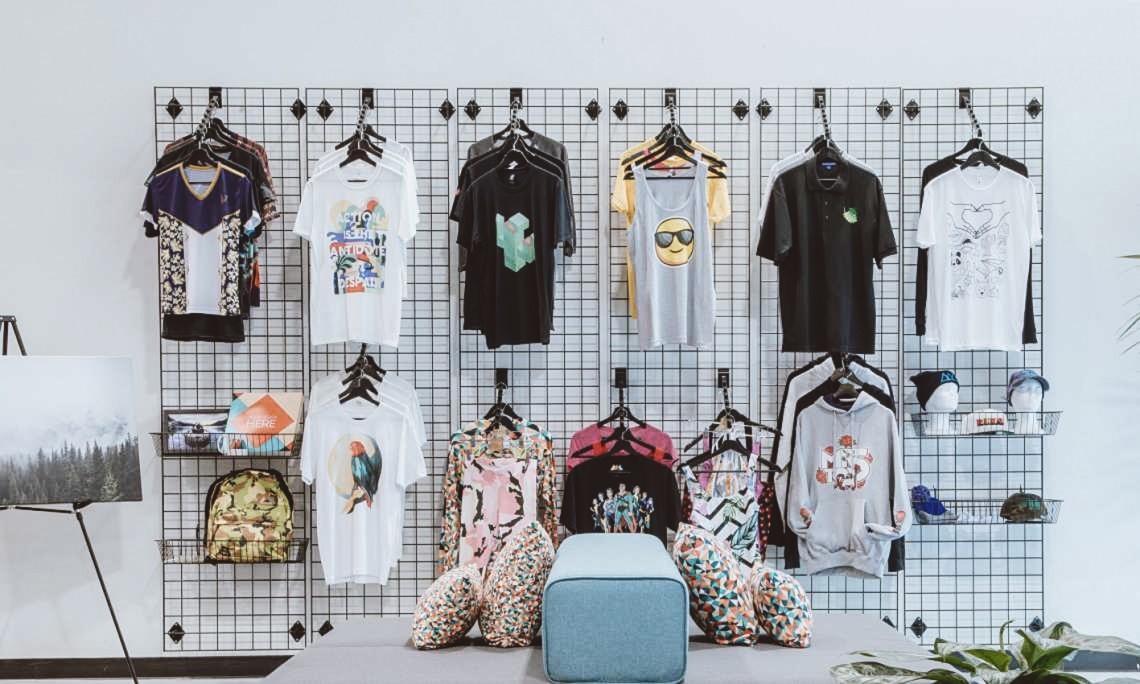Tx Tees Fundamentals Explained
Table of ContentsThe 3-Minute Rule for Tx TeesSome Of Tx Tees3 Simple Techniques For Tx TeesGetting My Tx Tees To WorkSome Known Incorrect Statements About Tx Tees The Greatest Guide To Tx TeesTx Tees Things To Know Before You Buy
Add up other prices, like the number of utilities it takes to run the shop and the price of ink and emulsion per design. Take the print listed below.The emulsion ought to just be a couple of cents because you 'd just require to layer one screen for this job. So just how much should you charge per t-shirt to earn a profit? Normally, printers attempt to make up to 45% revenue on a print job. Here's a table to aid you establish that: overall cost per thing percent of desired profit as a decimal (example:.25 or.45) revenue made per thing per job Currently let's speak about the success of DTF.

With DTF, you can print a handful of t-shirts, or just one. Use the same calculator as the section above to calculate just how much earnings you 'd use DTF transfers. Contrast the costs and profits to whichever technique talks finest to your configuration and procedure. Both display printing and DTF have their specific niches in the world.
Not known Factual Statements About Tx Tees
The most effective method to recognize? Ask around and see what printing shop like yours are doing. custom t-shirt design. Attempt both out and see which you like better
When you're selecting what kind of printing approach to make use of for printing your artwork designs on your garments, it is essential that you recognize the differences between these two methods so you can take full advantage of outcomes while lessening costs. Screen printing is the most typically made use of technique for printing styles on fabrics.
DTG printing is additionally known as area or direct to garment printing because it prints only what is needed instead of making a screen as screen printers do. https://www.anyflip.com/homepage/fjmtv#About. Screen printing works by display filler squeegee screen printing ink screen mesh display, after that moving the picture to garment using heat and/or stress
The DTG printer makes use of special dye-sublimation inks that are used into a pre-designed image by an electronic printing system. The inks enter into the material, enabling dynamic shades and outstanding detail. It's also referred to as area or direct to garment printing because it prints only what is needed rather of making a screen as screen printers do.
The Facts About Tx Tees Revealed
It's much quicker - you can publish a fullcolor image in minutes, as opposed to hours for screen printing. Second, there's no established up time or costs included - you can publish any kind of design you like, without having to create a display first. Third, there's no waste - due to the fact that display printers screen print one design each time, they have to screen each shade separately.
The paper is extremely pricey and can just be used once. Once it's printed on, it has to be thrown out. - The first acquisition rate is less than the in advance financial investment of DTG printers- You can publish multi-color styles one screen at a time instead of having to print each color individually like DTG printing.

All about Tx Tees
Rather of using display mesh as display printers do, dye sublimation printers use laser technology to transfer your pictures onto garments or paper. A warmth procedure moves the color from its solid-state directly right into the gas stage which in turn fuses it onto material substratums when they are swiftly heated to heats under high stress.
Sublimation printing is green. It uses less water than screenprinting, and due to the fact that it does not involve using hazardous solvents, it's risk-free for all kinds of garments. The color sublimation inks are additionally odorless when cured, unlike screen printers that utilize dangerous chemicals throughout the display printing procedure that leave an undesirable smell.
They also save money on costly equipment like exposure units considering that dye sublimation printers don't require a UV exposure system or a flash treatment stove that is typically used in screen printing (custom screen printing). What is direct to garment printing (DTG Printing)? DTG printing is a digital screenprinting process that prints straight onto textile utilizing specialized inkjet printers
What Does Tx Tees Do?
DTG printing supplies many benefits over conventional screenprinting, consisting of the ability to print photo high quality images, greater shade vibrancy, and the capacity to publish layouts on darker fabrics. DTG printers work by warming the fabric ink up until it develops into a gas. The gas after that permeates the textile, bonding with the fibers to produce a permanent print.

Screen printers simply prepare their screen then start publishing till they lack item or ink.- There is a wide variety of skilled screen printers all over the world, visit this web-site which can be practical for newbies. - It's a slower procedure - display printers commonly need to wait on the ink to dry before they can print the following shade- Display printers require manual work, so there's a greater understanding contour and it takes longer to create a high-quality design- Display printing isn't as exact as DTG printing, so you may get some "blood loss" of shades from one component of the image onto another otherwise done effectively.
More About Tx Tees
Nonetheless, rather than using display mesh as screen printers do, color sublimation printers use laser technology to move your pictures onto garments or paper. A heat process transfers the color from its solid-state straight into the gas stage which consequently merges it onto textile substrates when they are swiftly heated to heats under high pressure.
Sublimation printing is environmentally friendly. It makes use of less water than screenprinting, and due to the fact that it doesn't include making use of hazardous solvents, it's secure for all types of garments. The dye sublimation inks are additionally odor-free when healed, unlike screen printers that make use of hazardous chemicals throughout the screen printing procedure that leave behind an unpleasant smell.
They likewise conserve money on pricey equipment like exposure systems given that dye sublimation printers do not call for a UV direct exposure unit or a flash cure oven that is commonly used in screen printing. What is direct to garment printing (DTG Printing)? DTG printing is a digital screenprinting process that publishes directly onto fabric utilizing specialized inkjet printers.
What Does Tx Tees Mean?
DTG printing provides numerous advantages over standard screenprinting, including the capability to print photographic quality images, better shade vibrancy, and the capacity to publish styles on darker materials. DTG printers work by warming the fabric ink till it transforms right into a gas. The gas then permeates the textile, bonding with the fibers to create a permanent print.